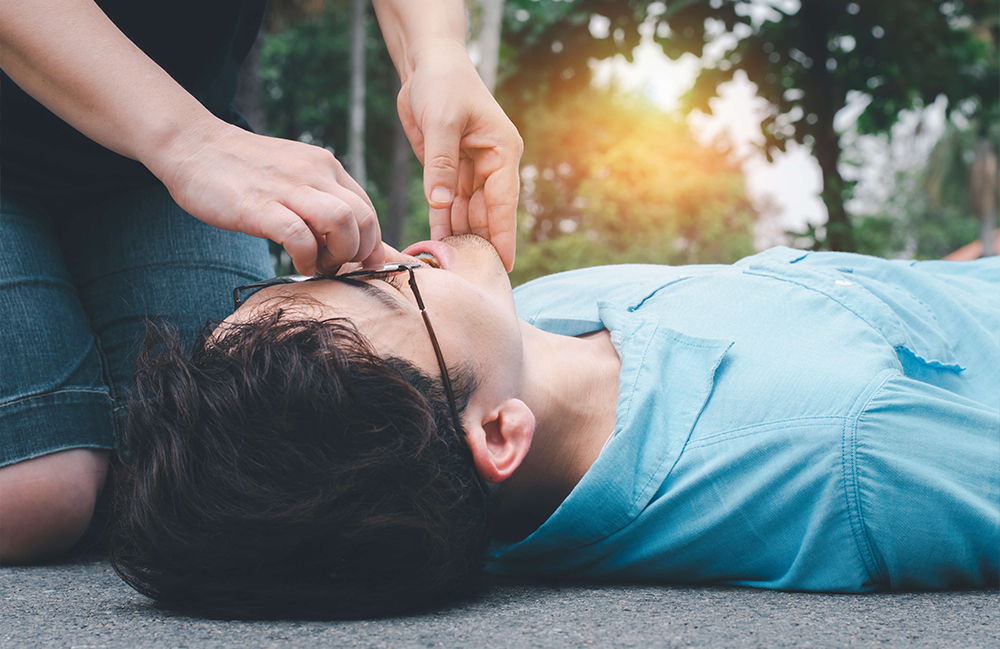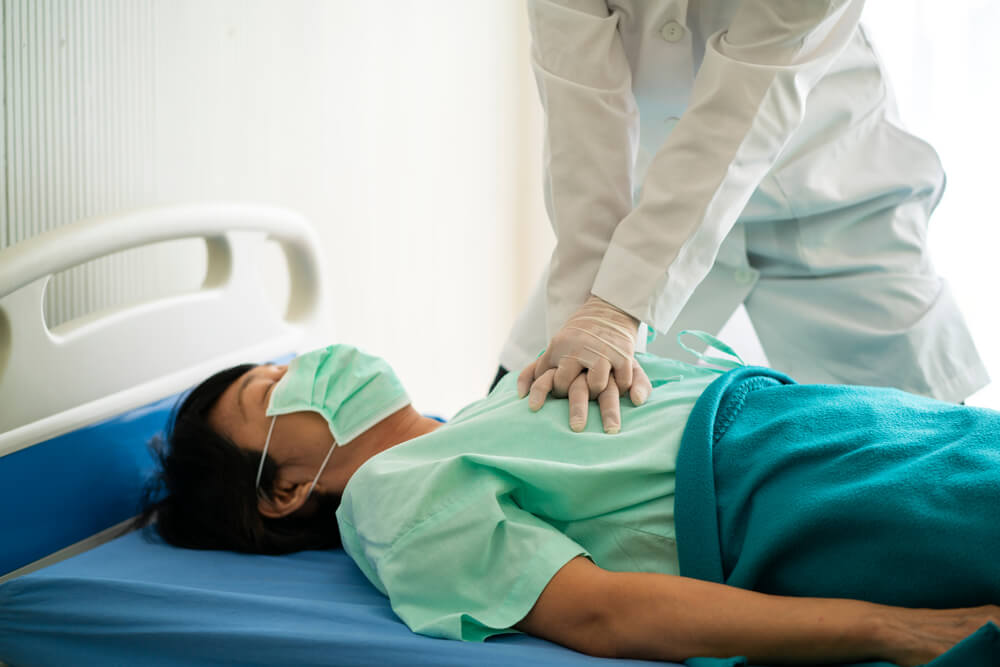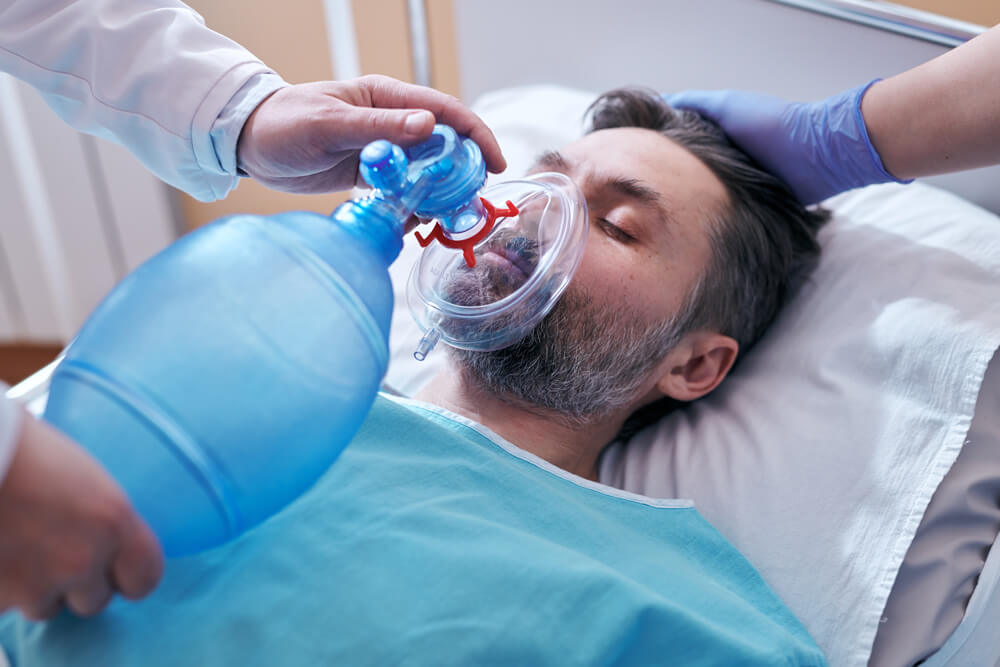


As an individual, have you hesitated to learn CPR, because you don’t have a good idea about what it involves? Maybe you’ve heard of mouth-to-mouth resuscitation and are both unsure and uncomfortable about it? What if you knew this once-essential step is no longer a central component of CPR?
Recent advancements in medical guidelines have significantly shifted the approach to CPR, making it more accessible and less intimidating for everyone. This evolution in CPR practice is not just a change in technique – it’s removing a significant barrier that has deterred many from acquiring this life-saving skill.
Ever since CPR practices have been made more acceptable, you can choose empowered and safe to step forward in emergencies. This shift in CPR practices is not just a medical update – it’s an opportunity for each of us to become potential lifesavers.
Yes, it’s always good to start from the basics.
Cardiopulmonary Resuscitation (CPR) is a life-saving technique crucial in emergencies, especially in cases of heart attacks or cardiac arrests, where a person’s breathing or heartbeat has stopped. It is best performed by trained and qualified people ready to be first responders (whom we like to call Heartstrong Heroes).
At its core, CPR aims to simulate the pumping of the heart to restore blood flow and oxygenation to the body’s vital organs, buying crucial time until professional medical help arrives.
The basic steps of CPR can be remembered as ABC: Airway, Breathing, and Compressions. First, ensure the airway is open by tilting the head back and lifting the chin. Then, check for breathing. If there is none, begin chest compressions immediately.
To give chest compressions, place the heel of one hand on the center of the chest, put your other hand on top, and push hard and fast, at a rate of 100-120 compressions per minute, allowing the chest to rise fully between compressions.
According to Rod Brouhard, writing in Very Well Health, the CPR technique earlier used to ask first responders to breathe out with their mouths directly into patients’ mouths in between chest compressions. The idea was to pump air artificially into patients’ lungs. But for various reasons we will detail below, this practice was removed from the recent guidelines.
This information will be helpful to us all.
Rescue breathing had for long been a cornerstone in life-saving techniques for decades, as an integral part of CPR. It was widely taught and practiced as part of the emergency response protocol.
However, over time, medical research and field experiences began to question its universal application.
According to the American Heart Association (AHA), a leading authority in CPR guidelines, a pivotal shift was made in 2008. That year, the AHA began recommending “hands-only” CPR for bystanders who want to help keep a cardiac arrest victim alive. This shift was based on research indicating that high-quality chest compressions – uninterrupted – were crucial for maintaining blood circulation to vital organs.
The AHA’s recommendation was also aimed to simplify the CPR process for bystanders, making it more likely for them to act in an emergency.
We know how the pandemic has changed many hygiene practices.
According to Claire A. Hawkes et al., writing in Resuscitation Plus, the COVID-19 pandemic reinforced eliminating any resuscitative breathing practices, primarily due to concerns about virus transmission and its hygiene aspects.
Health organizations and emergency responders were actively prohibited from manually-assisted contact ventilation to reduce the risk of COVID-19 proliferation.
This approach significantly reduced the risk of transmitting the virus between the rescuer and the victim. In fact, the pandemic’s impact on CPR practices underscores the importance of such responsive, flexible, evidence-based changes needed from time to time in emergency medical care.

We need to understand things right, to do the right thing.
Despite the protection offered by Good Samaritan laws, which are designed to shield individuals from liability when they assist in emergencies, it is not only the lay public that hesitates to perform contact-based artificial breathing.
This hesitation is also found among healthcare professionals, given the prevalence and recurrence of several virus infection waves.
According to P Hew et al., writing in The Journal Of Emergency Medicine, among medical personnel, such as paramedics and emergency medical technicians, reluctance to perform manual ventilation may have started manifesting around the time of the onset of HIV – but it has become more palpable during and beyond the Covid-19 pandemic.
With medical professionals themselves displaying fear of mouth contact with patients, the apprehensions of lay people have increased, too.
Let us learn a bit more about other options we can use.
In response to the evolving understanding of CPR effectiveness and public health concerns, alternatives to oral respiration have gained prominence. Various resuscitation devices have been developed to aid in emergencies. These include:
If artificial breathing becomes absolutely necessary for the patient, bag masks with one-way valves can help. How do these work?
According to Dorothy Habrat, writing in the MSD Manual, “In BVM (bag-valve-mask) ventilation, a self-inflating bag (resuscitator bag) is attached to a nonrebreathing valve and then to a face mask that conforms to the soft tissues of the face. The opposite end of the bag is attached to an oxygen source (100% oxygen) and usually a reservoir bag. The mask is manually held tightly against the face, and squeezing the bag ventilates the patient through the nose and mouth.”
The one-way valve ensures that air can only flow from the rescuer to the patient, not vice versa.

Automated External Defibrillators (AEDs) don’t replace breathing-based resuscitation by providing artificial respiration. Instead, they complement CPR by addressing cardiac arrhythmias (abnormal heart rhythms).
They are designed to analyze the heart’s rhythm and, if necessary, deliver an electric shock to help the heart re-establish an effective beat.
In cases of sudden cardiac arrest, where the heart’s tempo is the primary issue, using an AED in conjunction with chest compressions becomes a critical part of the emergency response – focusing more on restoring normal heart function rather than on artificial respiration.
We owe it to ourselves and others to practice and encourage self-care.
While CPR, with its current best practices, can help with sudden heart emergencies, the far better approach to take in life is protective heart care.
Did you know that chronic conditions such as obesity, cholesterol, diabetes, and hypertension – along with other hereditary factors – can all have a multiplicative impact on your heart?
These ailments often lead to compromised heart health, making your heart more susceptible to dysfunction and failure. Proactively managing these conditions through lifestyle changes and medical interventions is crucial to mitigate these risks.
However, given the increased likelihood of cardiac emergencies in individuals with such ailments, knowledge of CPR becomes even more vital. Understanding and being able to perform CPR can be lifesaving, particularly for those at higher risk due to chronic health issues.
In conclusion, staying informed and trained in the latest CPR practices is more than just a personal skill – it’s a societal duty. We should all aim to stay trained and up-to-date with the best practices in CPR to be of the greatest assistance to society.
We would also do well for ourselves and others if we adopt and spread the proactive mantra: Be CPR-aware. Save lives. Be a Heartstrong Hero.